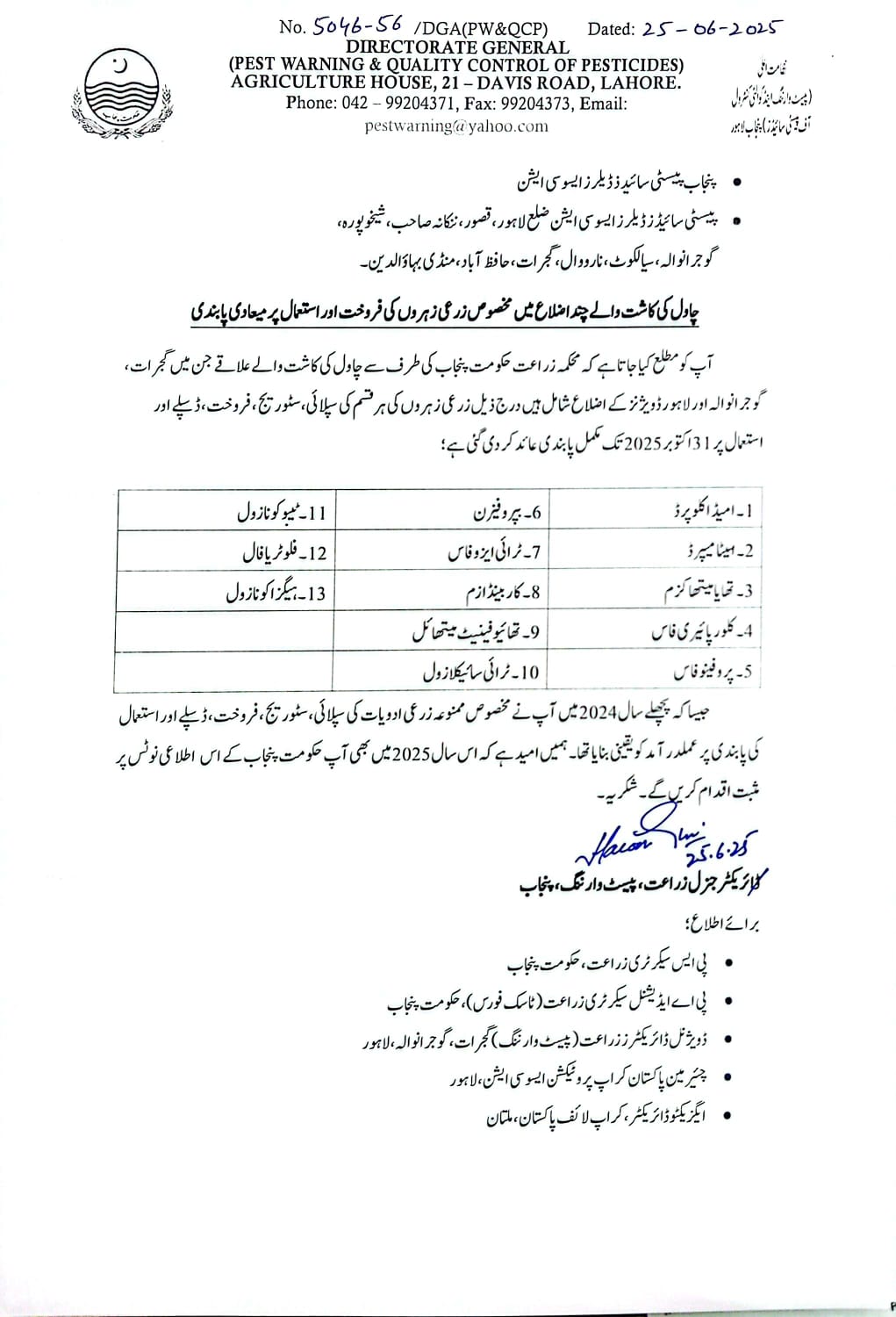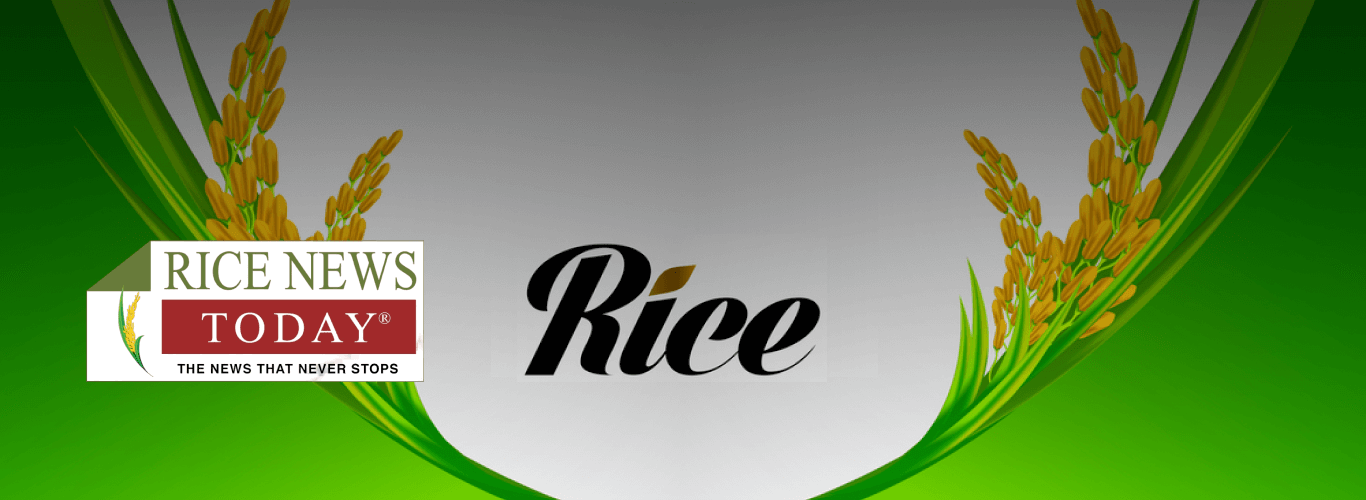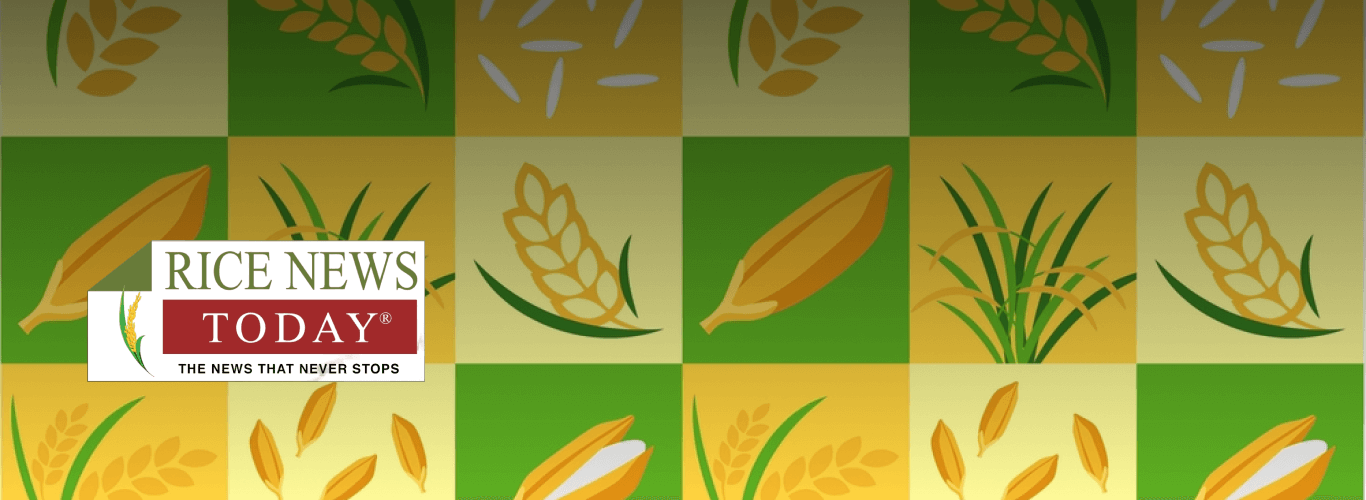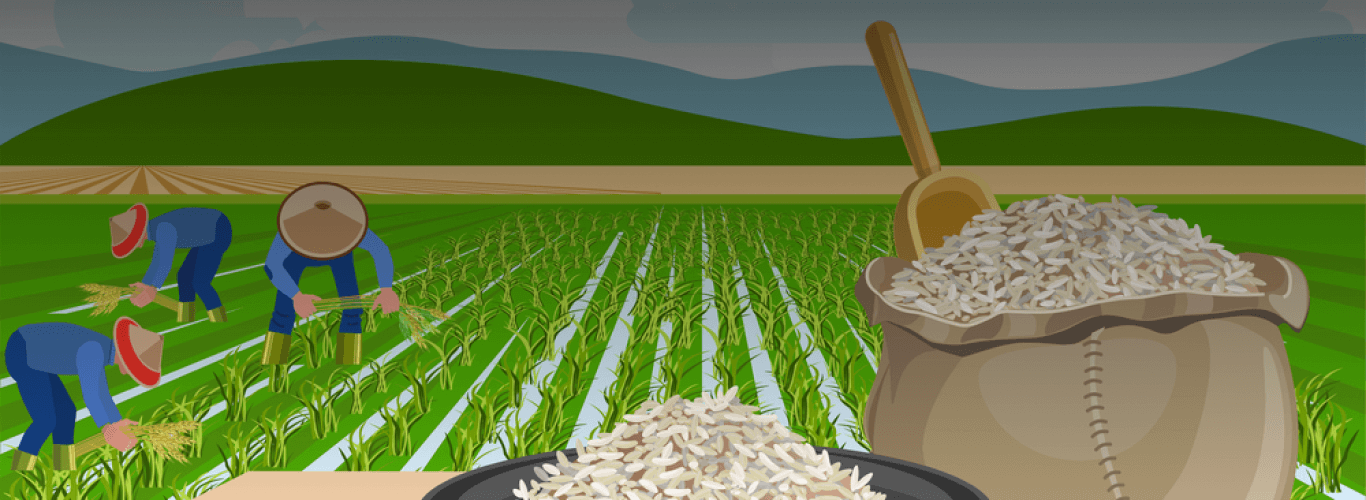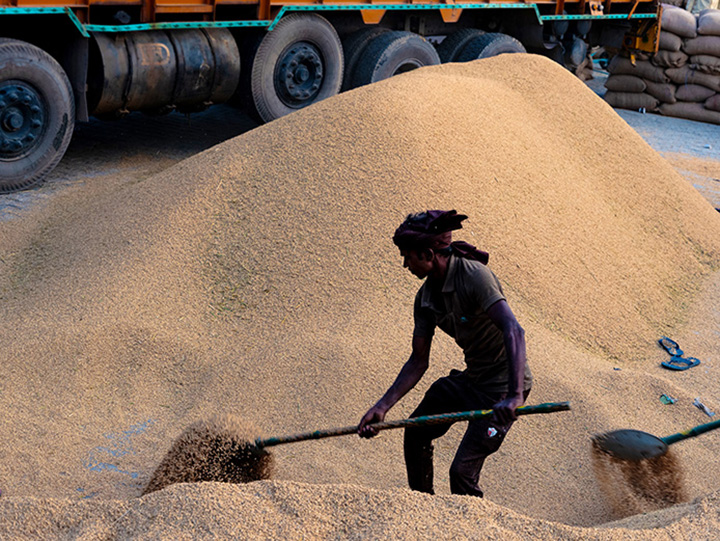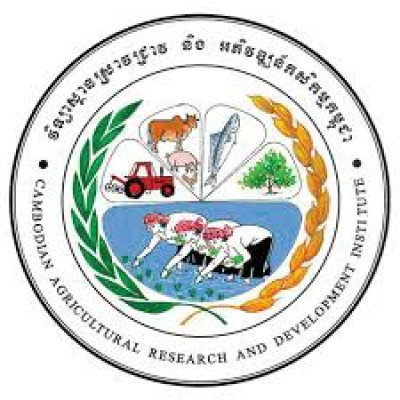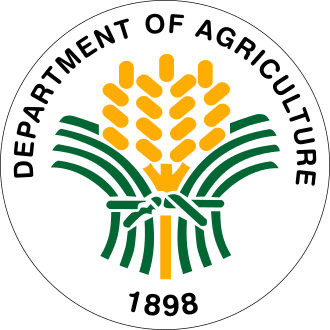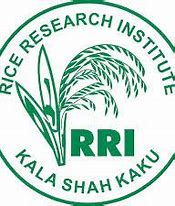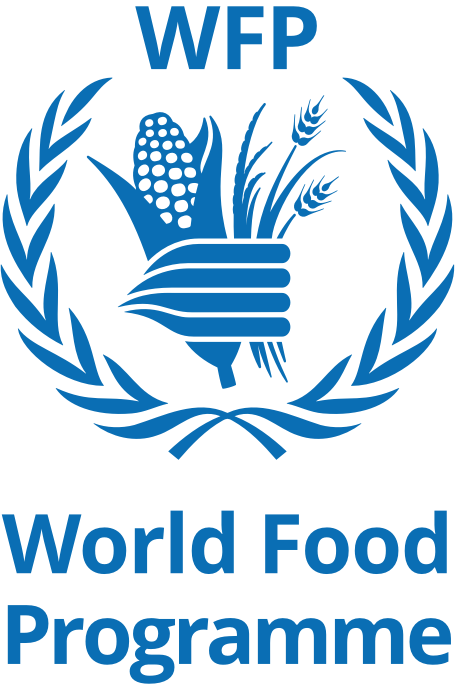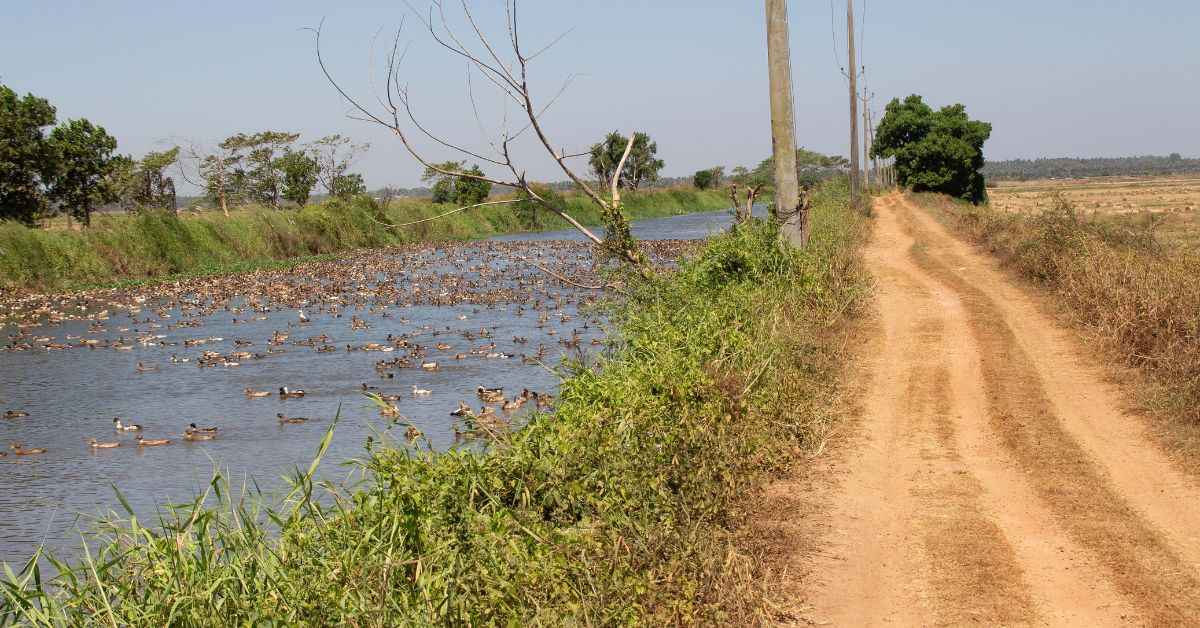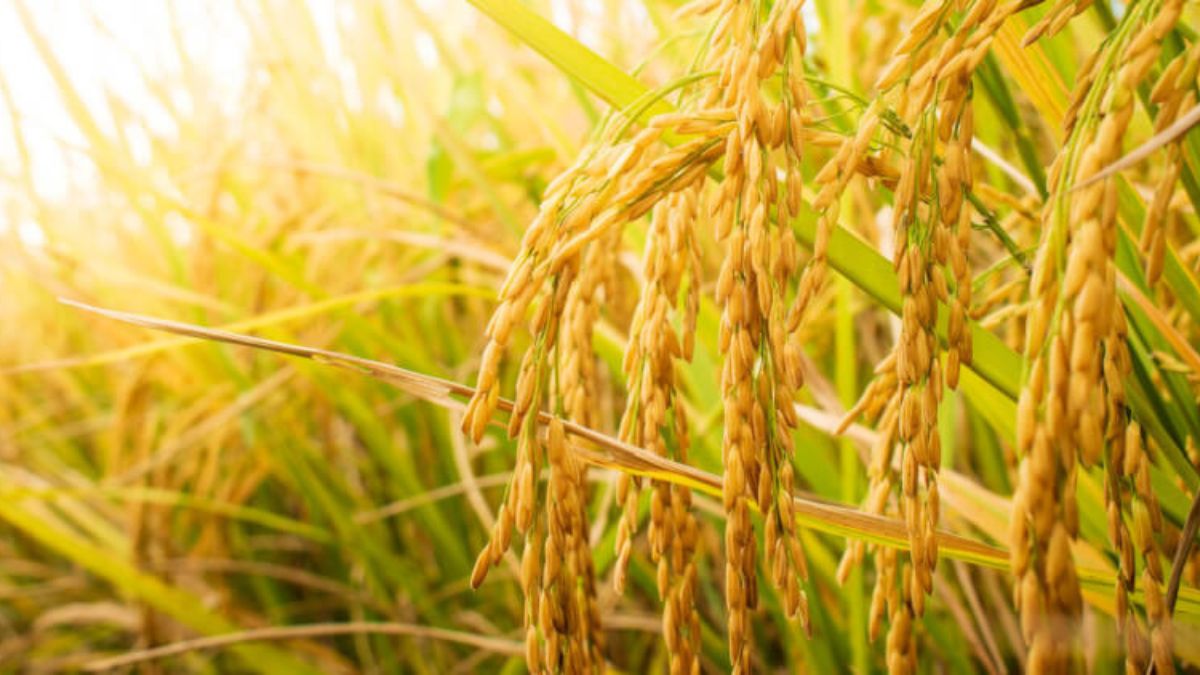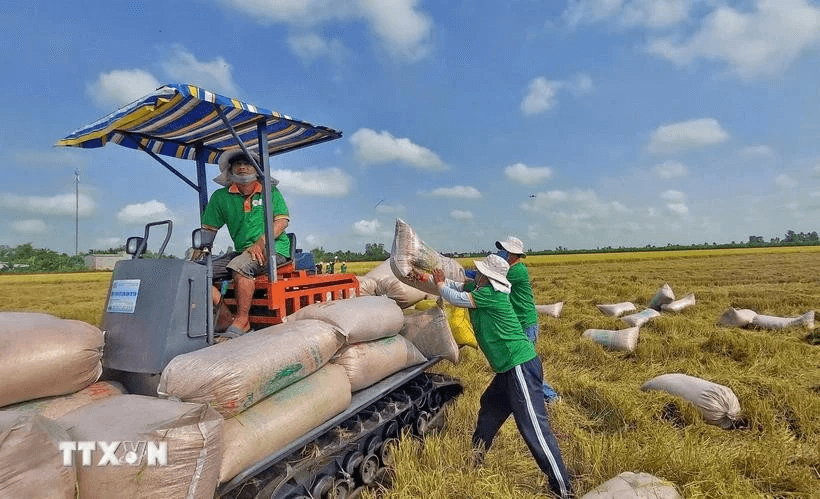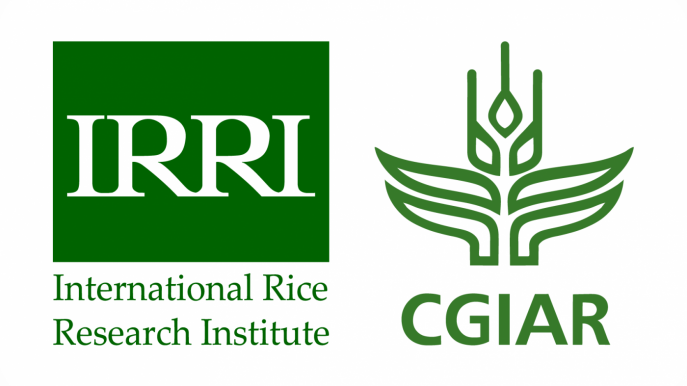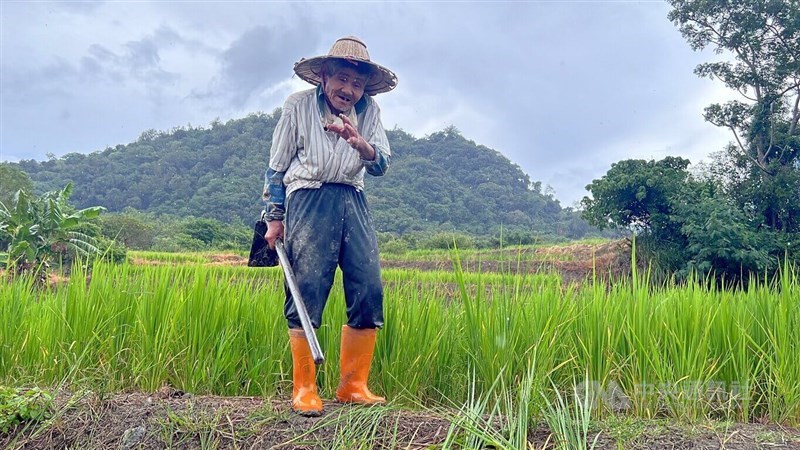Advertisement
Weekly Rice Market
(Indicative Quotes)
Basmati Rice
Basmati Rice | Indicative Quotes | Updated Weekly
Global Market | White Rice
White Rice | Indicative Quotes | Updated Weekly
| Origin | Type of Rice | Variety Name | Broken | Price | Change | High | Low |
|---|---|---|---|---|---|---|---|
| India | Milled White Rice | Long Grain | 5% | $383 | -2 | $496 | $380 |
| Pakistan | Milled White Rice | Long Grain | 5% | $394 | -2 | $640 | $381 |
| Pakistan | Milled White Rice | Long Grain | 5% | $590 | -2 | $613 | $488 |
| Thailand | Milled White Rice | Long Grain | 5% | $406 | -10 | $669 | $399 |
| Thailand | Milled White Rice | Long Grain | 5% | $596 | -10 | $659 | $469 |
| U.S | Milled White Rice | Long Grain | 4% | $662 | -3 | $818 | $662 |
| U.S | Milled White Rice | Long Grain | 4% | $798 | -3 | $798 | $708 |
| Vietnam | Milled White Rice | Long Grain | 5% | $387 | -4 | $657 | $387 |
| Vietnam | Milled White Rice | Long Grain | 5% | $579 | -4 | $667 | $445 |
News

U.S. import pressu...
By Eric Johnston Recent pressure on Japan by the United States to import more American rice, soybeans and maize, which can be used as livestock feed or for bioethanol, is of
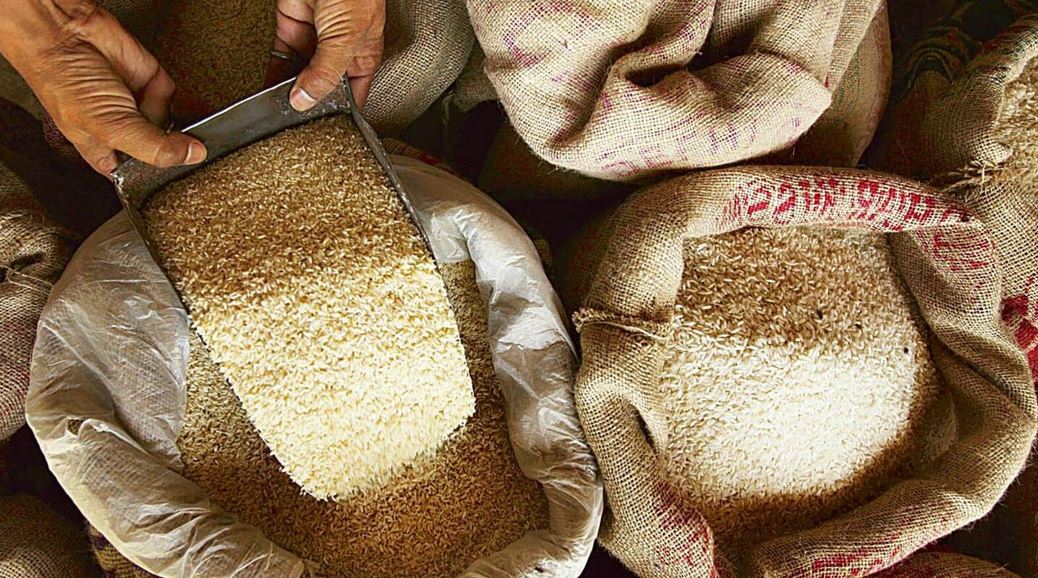
The Cost of Nepal’...
All of these raise questions over the government’s annual commitments to self-sufficiency in paddy and rice production by boosting local farming. Every year, the government sets
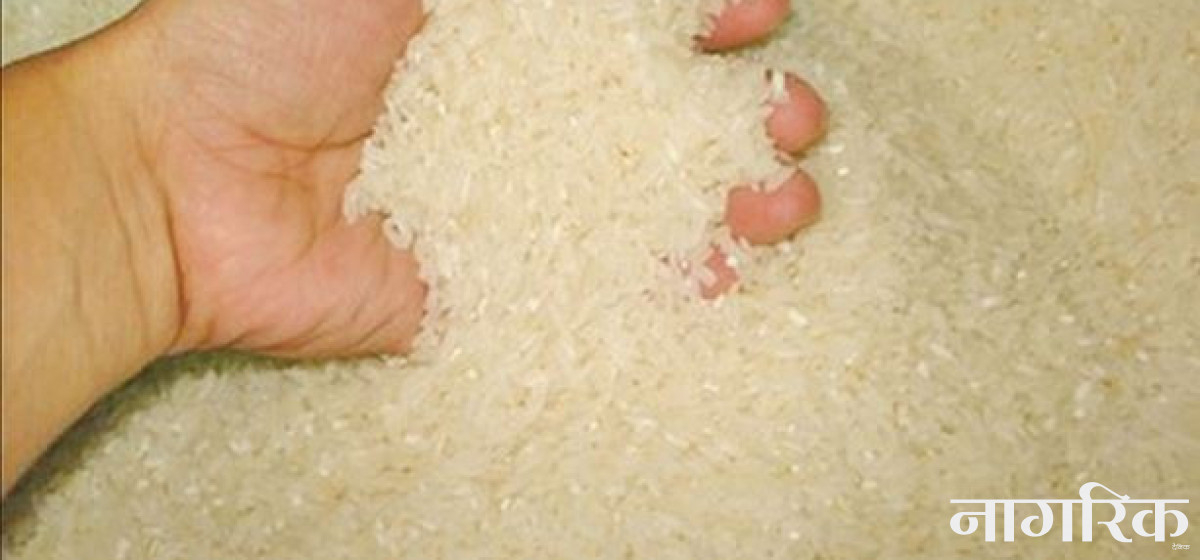
Govt records contr...
The widening gap between imports of paddy and domestic production has cast doubts on the government’s commitment to make the country self-reliant in paddy and rice production.
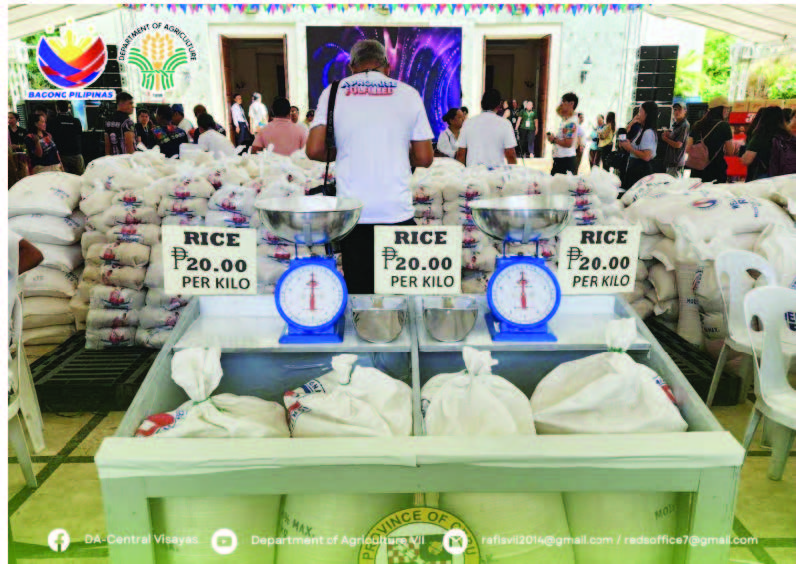
₱20 rice: from cam...
By Judith Albano Critics called it impossible. Skeptics dismissed it as mere campaign rhetoric. Yet today, Filipino families are bringing home quality rice at ₱20 per
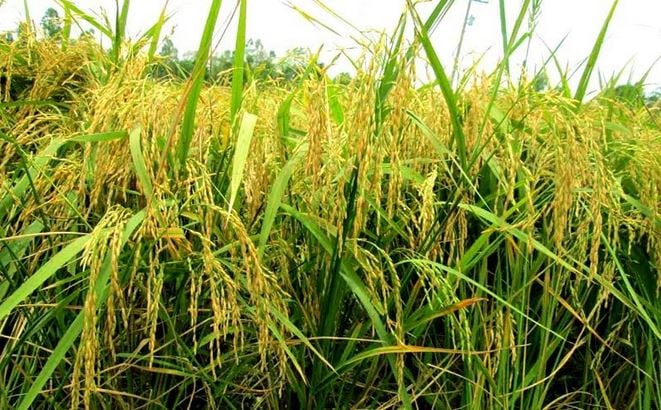
Aush rice harvesti...
BSS RANGPUR, June 29, 2025 (BSS) – Harvesting of short-duration Aush rice crop has begun with excellent yield making farmers happy in Rangpur agriculture region during this
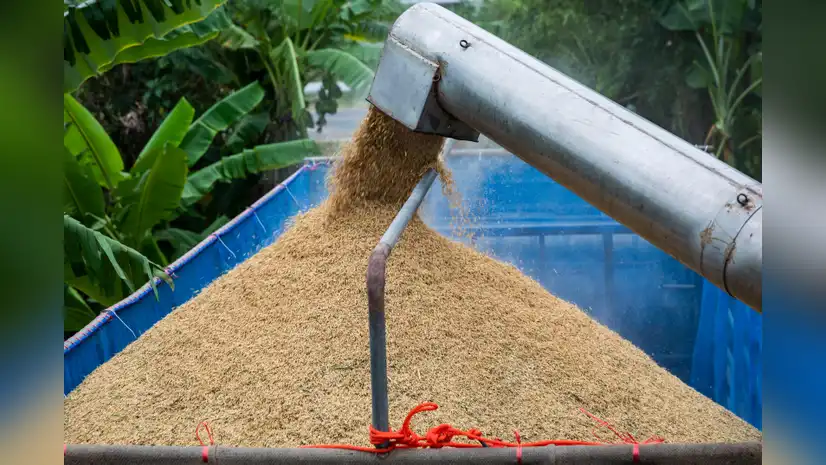
India faces rice s...
Inventories totaled almost 39 million tonnes this month, according to the state-owned Food Corporation of India. Bloomberg By Pratik Parija India’s stash of rice is

Fake ST25 rice, on...
By Thi Ha Fake ST25, winner of the World’s Best Rice contest in 2019, is widespread in Vietnam and sold at 40% less than the price of the authentic grain. Rice labeled

Indigenous paddy v...
The Rising Nepal By Our Correspondent,Tulsipur, June 29: As farmers have started earning more from hybrid rice on less land, it has become difficult to protect indigenous
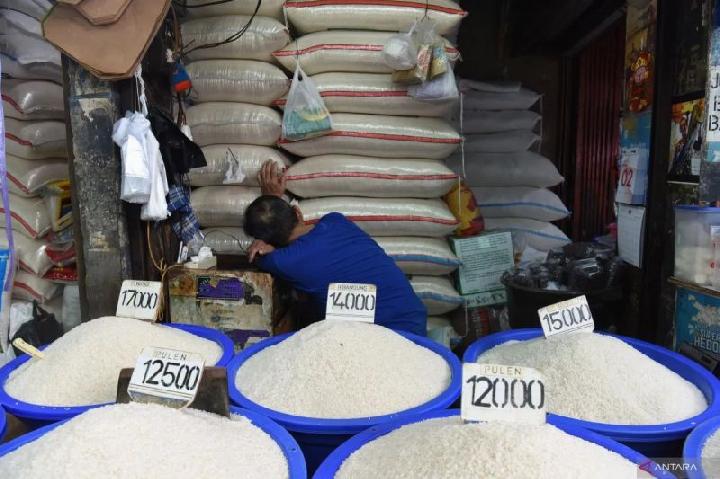
212 Non-compliant ...
Reporter Annisa Febiola TEMPO.CO, Jakarta – Indonesia’s Ministry of Agriculture’s investigation revealed 212 cases of cheating in the premium rice market.
Featured Registered Companies
RNT Tube
Pakistan’s Rice Exports Resilient Amid India’s Subsidized Competition | Dawn News English
June 25, 2025
Statistics
Sustainable Rice
Farmers Place
Forex Rates
Open Market Forex Rates
Updated at:
From | ||
|---|---|---|
To | ||
| Countries | Currency | Spot Rate |
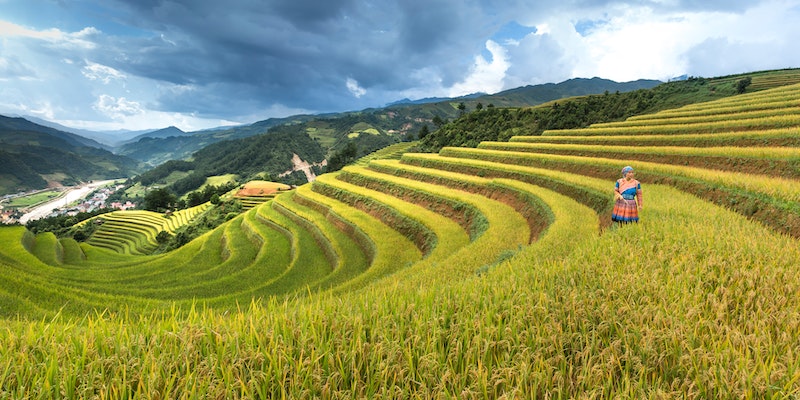
Enjoyed the read?
Join our monthly newsletter for helpful tips on how to run your business smoothly
